Materials with Memory – The Language of Clay, Wood, and Found Objects
Introduction
Materials are not just mediums—they are storytellers. In the world of sculpture and installation art, the materials we choose hold layers of meaning, history, and identity. For me, the selection of clay, wood, and found objects is a deliberate and deeply symbolic act. These materials are imbued with memory, spirit, and cultural weight. This blog post delves into the language of materials in my work and how they become vessels for memory, connection, and transformation.
Clay: The Earth that Remembers
Clay is one of the most ancient materials used in art, and its connection to the earth makes it deeply symbolic. Working with clay is an intimate act—it requires touch, patience, and surrender. In my practice, clay represents more than form; it is the earth remembering its stories. When I shape clay, I am engaging in dialogue with the land, with tradition, and with my ancestors. Each curve and impression is a mark of both presence and absence—a visual echo of lives lived.
Wood: The Spirit of Ancestry
Wood, especially in African art traditions, is revered as a living material. Trees are seen as sacred beings, often used in rituals and storytelling. When I work with wood, I treat it with respect and reverence, understanding that it carries the essence of the forest it once lived in. I use carving not just to shape, but to uncover spirit within. Each chisel stroke is like revealing layers of history embedded within the grain. For me, wood is a medium of spiritual communication—a link between the physical and metaphysical.
Found Objects: Reclaiming the Forgotten
Incorporating found or discarded objects in my work is a way of rescuing memory. These materials, often seen as useless or forgotten, hold personal and communal histories. A rusted metal, a broken gourd, a piece of fabric—all tell stories. By recontextualizing them in my art, I give them new meaning, allowing them to speak again. This act of reclamation is central to my philosophy as an artist—transforming the overlooked into the profound.
Symbolism Embedded in Materiality
Every material I use is chosen not only for its physical properties but for its symbolic resonance. Calabash, for example, is both functional and spiritual in many African communities. In my work, it becomes a metaphor for life, continuity, and resilience. Textiles might represent generational labor or femininity, while burnt wood could evoke mourning or memory. My materials are never neutral—they are active participants in storytelling.
Tactility and Memory
Touch is an essential part of how we remember. The feel of clay between fingers, the resistance of wood under a blade, the texture of fabric—these sensory experiences are powerful connectors to the past. Tactility allows for embodied memory. As I mold or carve, I often think of my grandmother’s hands preparing food, or traditional carvers in village squares. My process is not only visual but kinesthetic. It is through this touch that I reconnect with cultural practices and ancestral rhythms.
Material as Metaphor
In my work, materials often act as metaphors. A cracked surface might symbolize fragility or trauma. Layers of paint or cloth might suggest concealment or history. Found objects can represent displacement or reclamation. These metaphors invite viewers to look beyond the surface and engage with the deeper meanings within the piece. The material, therefore, becomes both medium and message—expressing what words cannot.
Sustainability and Cultural Responsibility
In a world increasingly shaped by consumerism and waste, my use of natural and found materials is also a form of resistance. It is an ethical choice to work with materials that are sustainable, biodegradable, or already discarded. This aligns with traditional African values of harmony with nature and respect for the sacredness of objects. My work critiques the disposability of modern life by highlighting the lasting value embedded in the ‘forgotten.’
Conclusion
Materials carry memory. They hold the weight of culture, emotion, and spirit. In my art, clay, wood, and found objects become more than tools—they become voices, histories, and offerings. Through these materials, I engage in a dialogue with my heritage, my community, and the world. They allow me to create not just objects, but experiences—spaces where memory is felt, not just seen.
